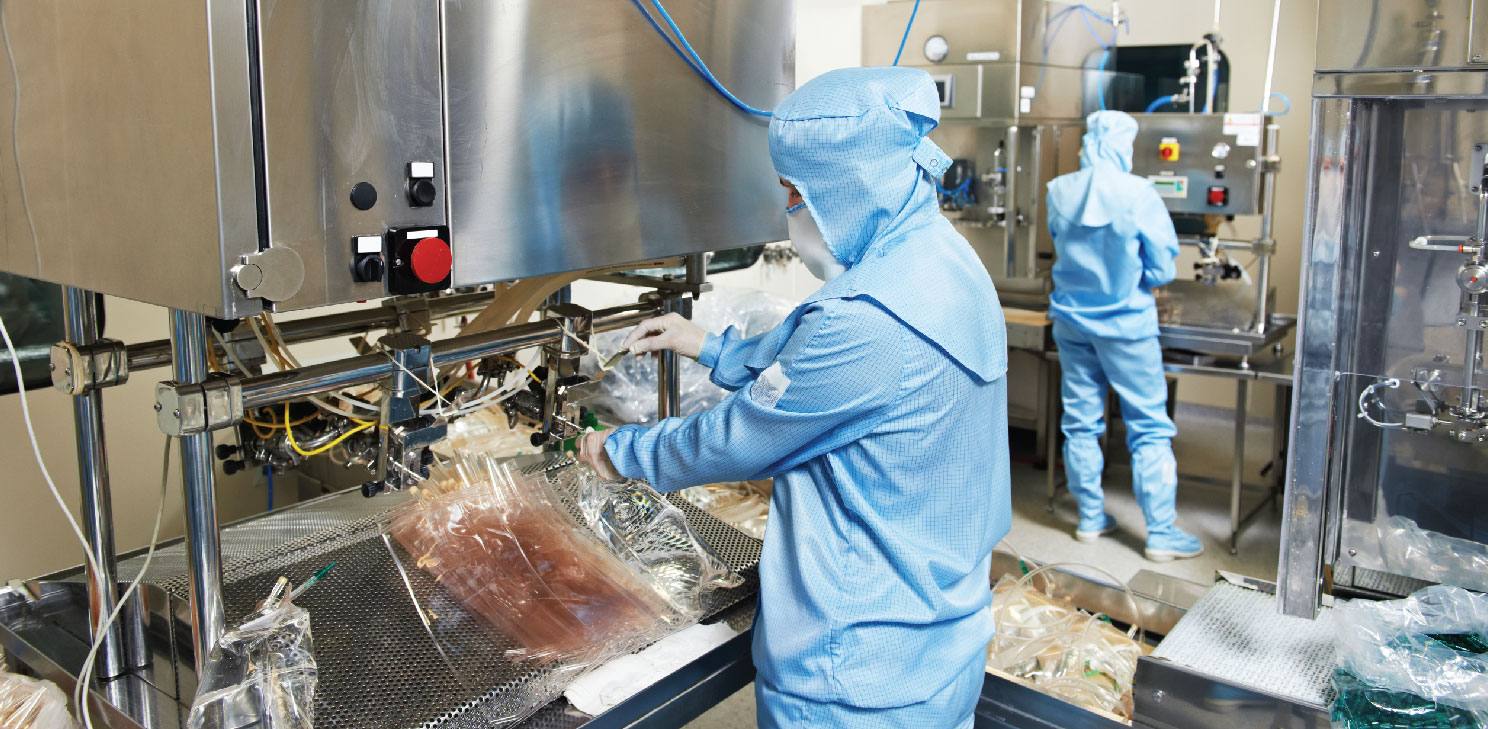Autonomous machinery is changing the future of agriculture, particularly through its integration with precision farming techniques. As farmers face mounting pressures from climate change, labour shortages, and the need for sustainable practices, autonomous machinery offers innovative solutions that boost efficiency and productivity while minimising environmental impact.
Semi-Autonomous Tractors
Autosteer is a type of self-driving technology as, once activated, the tractor is self-navigating along a precise path, leaving the operator free to manage the implement while sitting in the driver’s seat. Typically, at the end of each pass, the tractor operator deactivates autosteer, manually makes a U-turn, enters the next row for a new pass and manually reactivates the feature. With autosteer, farmers can perform various tasks with unprecedented accuracy that was previously not possible with even the most experienced tractor operators.
Benefits of using auto-steer include:
- Reduced collision rates: Combining advanced camera technology with AI and machine learning, the tractor is perfectly centered as it moves down the row, helping keep high-value crops and infrastructure safe from expensive collision damage.
- Lower stress and fatigue: Outsourcing accurate driving allows a tractor operator to focus entirely on the task at hand, reducing the need to multitask and lowering the chronic stress of potentially damaging an expensive plant or farm infrastructure.
- Improved accuracy and efficiency: Focusing entirely on the operation improves overall accuracy, and because operators aren’t as fatigued. As a result, they can sustain higher levels of energy and attention for longer, which can improve efficiency.
- Enhanced labour: Supplementing operations with an ADAS that ensures precision driving enhances the skill set of even an entry-level operator.
Fully Autonomous Tractors
A fully autonomous tractor can operate without direct human control, using technologies such as GPS, artificial intelligence, cameras, computer vision, and various sensors. These tractors aim to increase productivity, reduce labour costs, minimise human labour, and allow for much longer operations.
Precision agriculture relies heavily on data collection and analysis, and autonomous machinery plays a key role in this data collection. Autonomous agricultural vehicles equipped with GPS and remote sensing technologies, gather real-time data about soil conditions, moisture levels, and crop health. This data-driven approach enables farmers to make informed decisions about where and when to apply inputs such as water, fertilisers, and pesticides. By applying resources precisely where they are needed, farmers can reduce waste, lower costs, and minimise their environmental footprint.
To discuss the future of autonomous off-highway vehicles, hear keynote speeches about the latest innovations in the field, and visit a wide array of exhibitors, book your place to attend AOMTUSA – the 5th Autonomous Off-Highway Machinery Technology Summit taking place in Louisville, Kentucky, USA on December 10-11, 2025.
For more information, click here or email us at info@innovatrix.eu for the event agenda. Visit our LinkedIn to stay up to date on our latest speaker announcements and event news.










